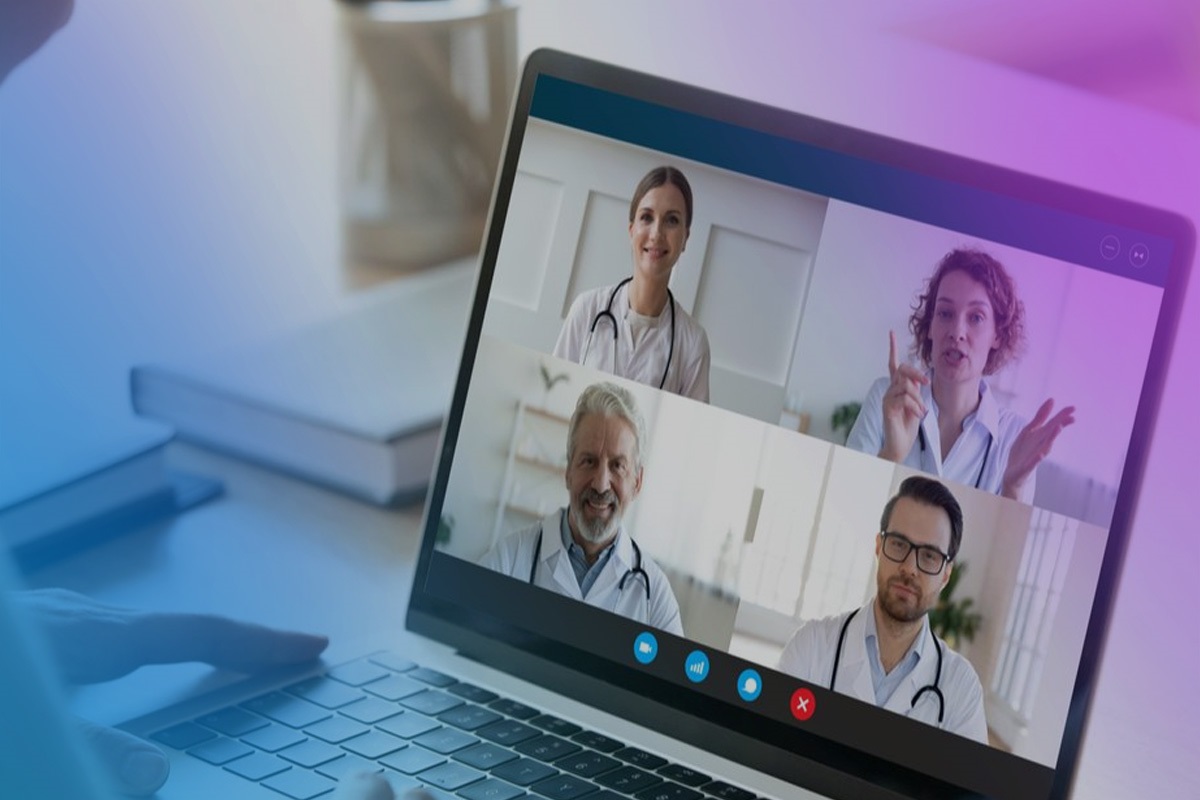Let us accept this. #WFH is the new normal.
Major employers now see this as the new normal. Facebook announced it expects 50% of its staff to work remotely over the next five to 10 years. Google has extended its work-from-home policy for the remainder of 2020. Twitter announced its employees will be free to work from home forever. Amazon declared that employees can work from home until October, though that could be extended. Microsoft plans to let employees continue working from home, until further notice. Even the conservative organisations that did not entertain such practices before the outbreak are rethinking their business models. And for good reason.
As employers everywhere shift to remote working, the number of hours spent watching webinars has increased dramatically to almost three times the average in 2019.
In the post COVID world, webinars are the answer to connect with your audiences wherever they are. When compared with almost any other alternative form of communication, webinars are the only channel that allows you to offer two-way interaction at scale, in a way that feels personal and human. They allow you to engage on the terms of your audience while providing a rich stream of data that can enable you to keep lifting the bar on their experience. And by lifting the experience, you can create ‘ever green’ content that your audiences will crave.
With digital channels becoming the only way forward, businesses have no other option other than embracing new technologies and adapting to new ways of communication with their stakeholders. Audiences, more than ever, are always-on, and we are seeing virtual interaction with them becoming a core strategic practice.
Webinars are not just serving the needs of marketers right now, they are becoming bingeworthy TV.
Professionals are now spending more time interacting with digital channels, and many are actively looking to consume educational content or learn new skills in preparation for uncertain times. One of the key elements missing from professional life in the wake of the coronavirus crisis is person-to-person human interaction. From water-cooler banter to business meetings with clients, face-to-face interactions have disappeared, straing critical communications between professionals.
Webinars provide a medium for these connections to take place, allowing professionals to continue the interactions they need to make to keep business going.
Webinars also provide vital client engagement data. Make sure you collect and use the data from your webinars to find out what works well. Also look to integrate your webinar platform with your CRM, marketing automation, or e-learning systems to see how each one of your customers interacts and engages.
Webinars are now becoming not just a part of a marketing plan, but a mainstream activity that drives marketing strategy. Pragmatic organisations need to make them a regular and frequent part of their marketing activity. As you run more webinars, you will find out what works for your audience thereby allowing you to up your services and performance on deliverables.
Whatever stage of digital transformation organisations was at when they entered this period of change, webinars can be a cornerstone for increasing the reach of digital and virtual channels in the years to come.
It is time to accept that webinars are the ideal channel for reaching our audiences and engaging them in real human ways. In a noisy world, webinars are how we deliver human engagement at a digital scale, wherever our audiences happen to be.
Are you ready?

